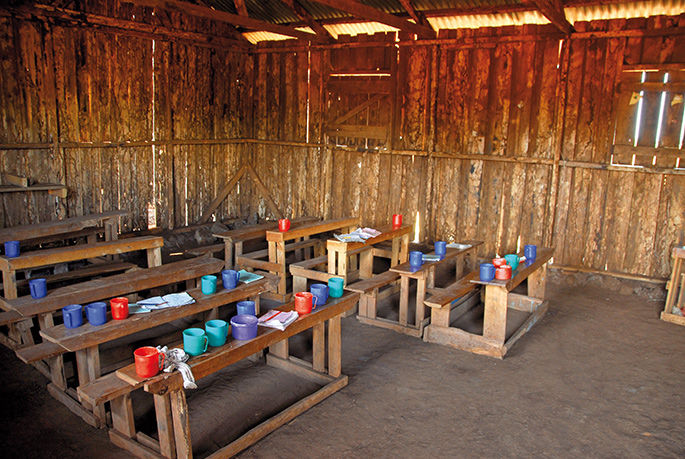International Day of Indigenous Peoples: Recognition, rights and community welfare
- Rojo Ancestral

- Aug 9
- 2 min read
Why is this day commemorated?
Every August 9 is the International Day of Indigenous Peoples, announced by the UN in 1994. The day seeks to make visible the rights, cultural diversity and the problems faced by these communities.
Global and local framework of rights.
The UN promotes this date to highlight the need to protect indigenous cultures and identities from threats such as marginalization, land loss and socioeconomic vulnerability. In addition, by 2025, the central theme addressed was "Indigenous peoples and artificial intelligence: defending rights, building futures," evidencing both the benefits and risks that technologies can imply for these communities.

Situation and challenges in Mexico.
In Mexico, the indigenous panorama is broad and diverse. According to the 2020 INEGI census, more than 23 million people identify themselves as indigenous, equivalent to 15% of the national population. Despite legislative advances such as the reform of Article 2 of the Constitution that recognizes legal personality, cultural heritage and linguistic rights of indigenous peoples, obstacles to exercising full political and economic autonomy persist.
A critical issue is access to education: only 9.4% of indigenous young people (18–24 years old) achieve university studies, while the average schooling is just 6.3 years, and almost half do not complete basic education. This reflects structural barriers that limit social mobility and individual development.

Community successes: guardians of the natural environment.
An inspiring example comes from Ixtlán de Juárez, Oaxaca, where indigenous communities manage forests in a sustainable way, with remarkable results: lower incidence of forest fires, greater biodiversity, CO2 absorption, generation of local jobs and economic diversification in sectors such as ecotourism and timber production. This experience demonstrates how community control and ancestral knowledge can promote sustainable development and collective well-being.

What does this date bring to indigenous communities?
Visibility and recognition: it focuses on the voices, rights and resilience of indigenous peoples.
Incentives for public policies: promotes legal reforms, education, health, justice and consultation programs.
Cultural preservation projects: encourages the use of technologies (e.g. AI) to revitalize languages, oral records and intangible heritage, provided that they are developed with an inclusive and participatory approach.
Conclusion
August 9 is not only a commemorative date, but an opportunity to reaffirm the commitment to the rights and well-being of indigenous peoples in Mexico, as well as to promote initiatives that integrate innovation without neglecting their voice, culture and autonomy.




Comments